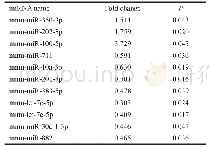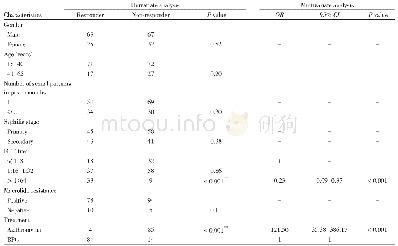《Table 1 The identified grainstone facies in association with their sedimentary characteristics and
 提示:宽带有限、当前游客访问压缩模式
提示:宽带有限、当前游客访问压缩模式
本系列图表出处文件名:随高清版一同展现
《Integrated Rock Typing of the Grainstone Facies in a Sequence Framework: a Case from the Jurassic Arab Formation in the Persian Gulf》
(a:frequent,c:common,r:rare)
The integration of the results from core description and petrographical studies has led to the identification of six main grainstone facies named here GF-1 to GF-6(Fig.4).The frequency analyses indicate that Bioclast grainstone(GF-6)and Ooid/peloid grainstone(GF-3)are the most frequent facies in the four studied wells.The sedimentary characteristics of the grainstone facies of the Arab Formation are shown in Table 1.Shoal bodies can be subdivided into three parts based on allochemical and textural properties including leeward,central,and seaward(Fig.5).In the leeward shoal,the skeletal components are mainly gastropods,green algae and benthic foraminifera,and the main non-skeletal grains are peloids.In contrast,grainstone facies related to the central shoal are characterized by the frequency of non-skeletal grains,especially ooids and peloids.Echinoderms,coral,green algae,brachiopods,and benthic foraminifera are the most important skeletal components of the grainstones in the seaward shoal.In these facies,non-skeletal grains predominantly include peloids and intraclasts.
| 图表编号 | XD0017177300 严禁用于非法目的 |
|---|---|
| 绘制时间 | 2018.08.01 |
| 作者 | Ali ASSADI、Hossain RAHIMPOUR-BONAB、Rahim KADKHODAIE-ILKHCHI |
| 绘制单位 | Research Institute of Petroleum Industry (RIPI)、School of Geology, College of Science, University of Tehran、Department of Earth Science, Faculty of Natural Science, University of Tabriz |
| 更多格式 | 高清、无水印(增值服务) |
查看“Table 1 The identified grainstone facies in association with their sedimentary characteristics and different sub-environ”的人还看了
-

- Table 1.Chemical characteristics of rhizosphere and bulk soils associated with L.ruthenicum in the three growth stages
-

- Table 1 miRNAs with significantly altered expression in retinas of mice with OIR identified by microarray





